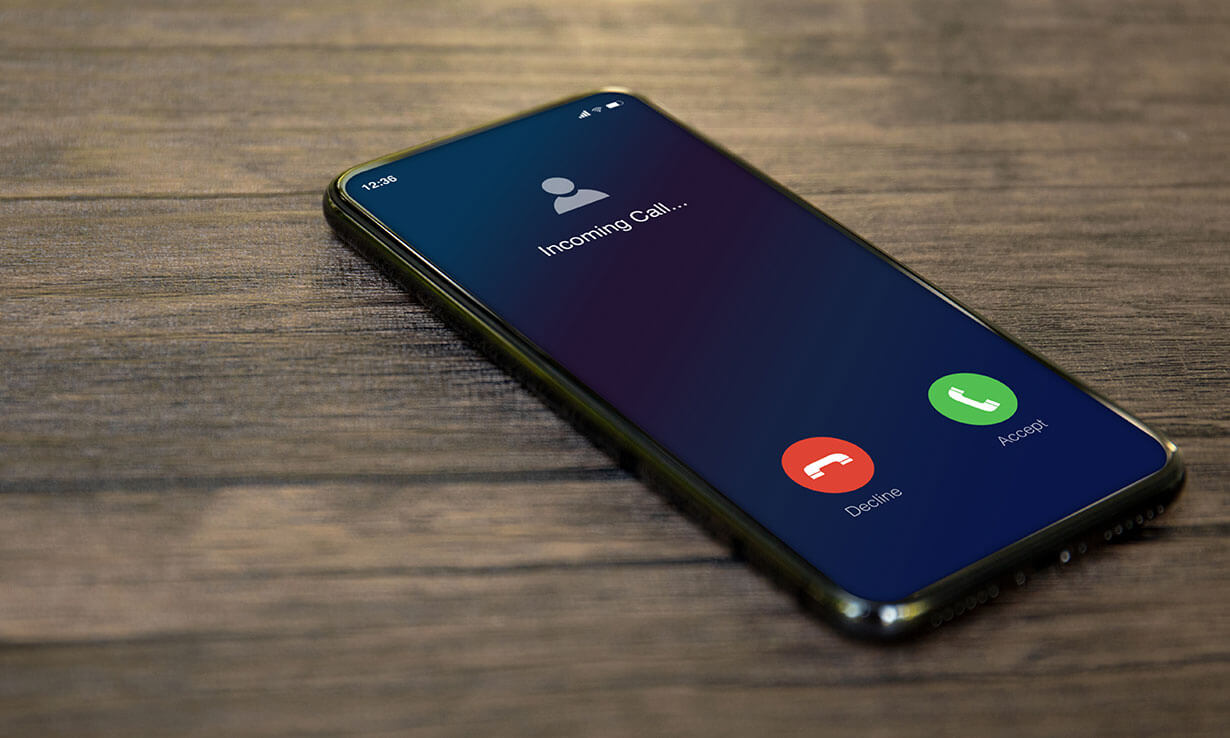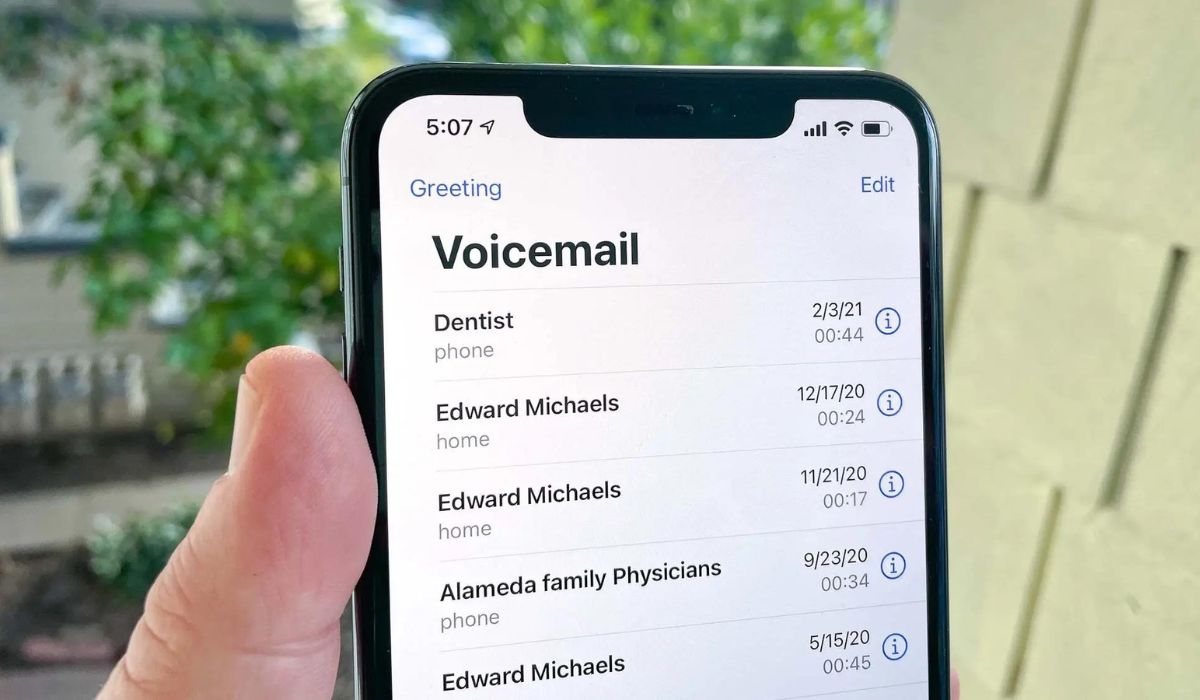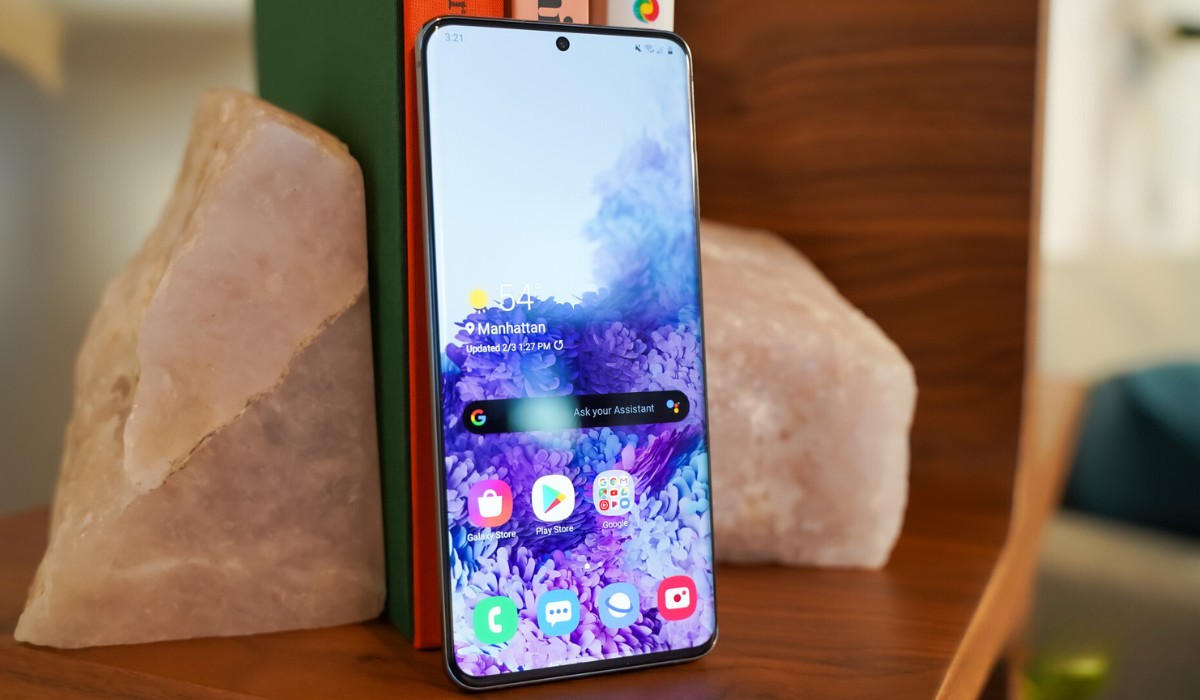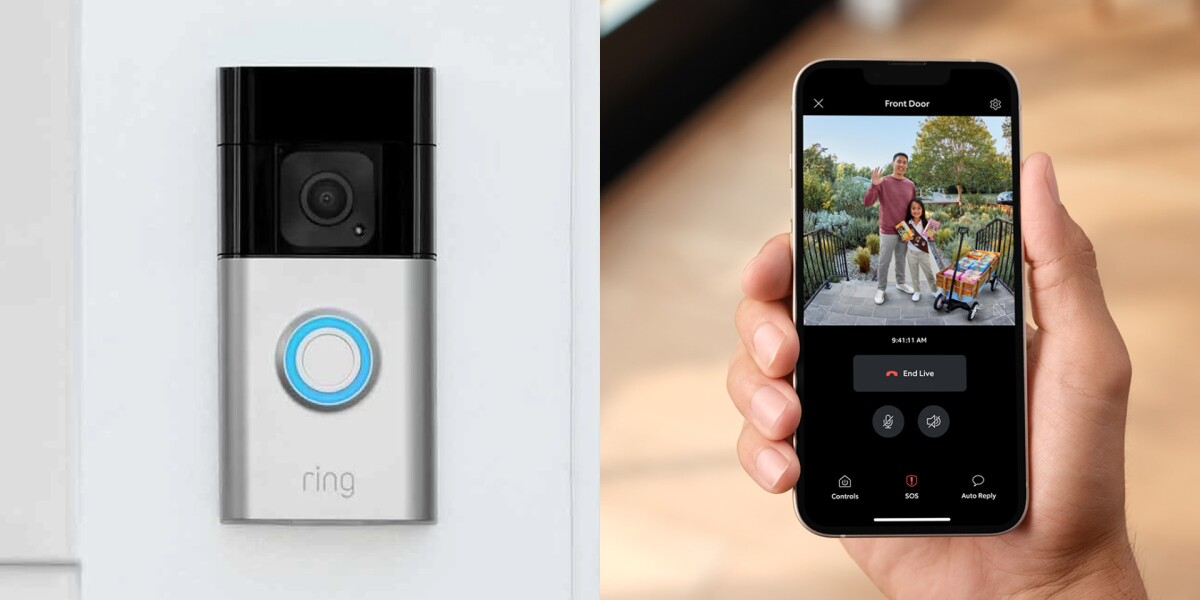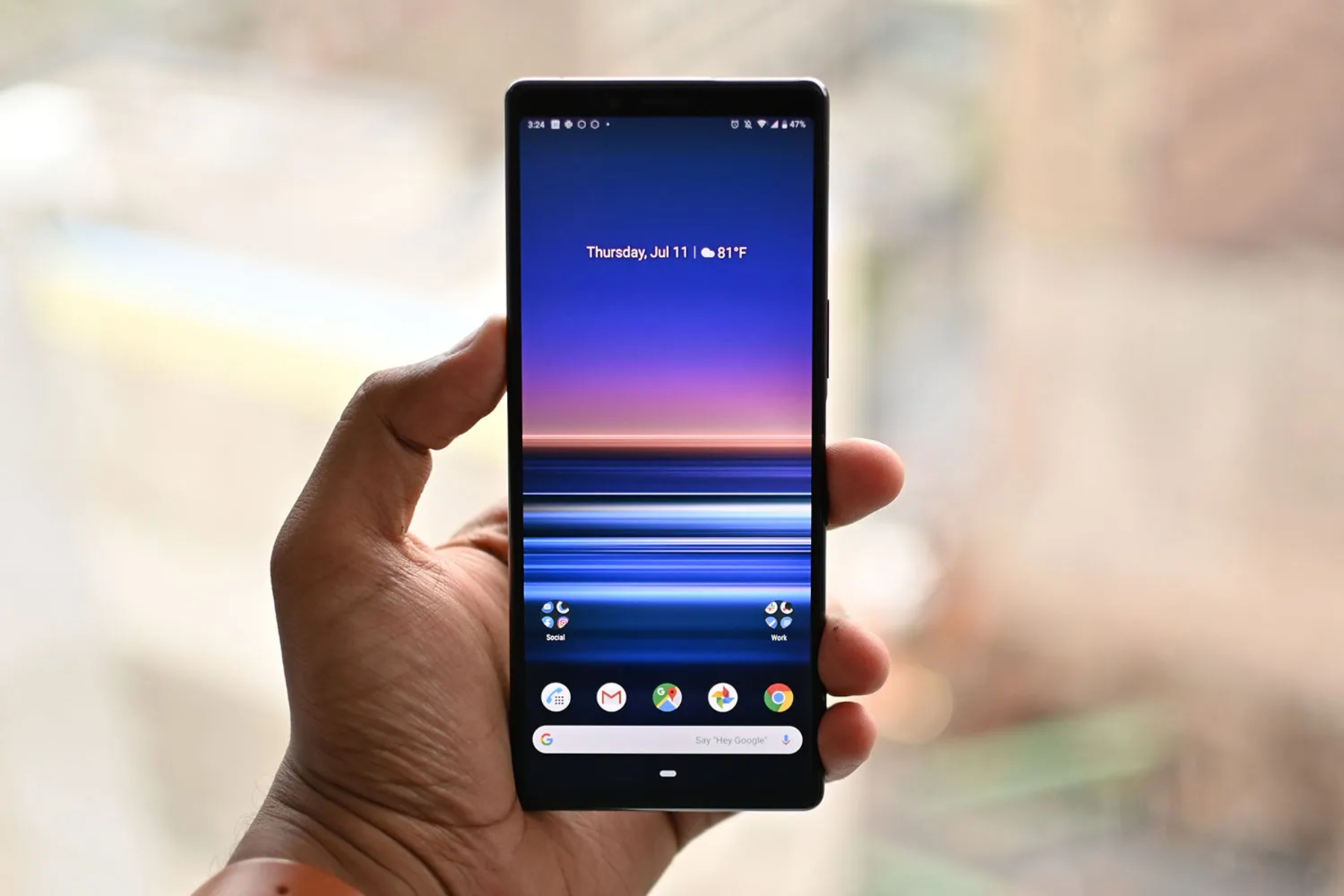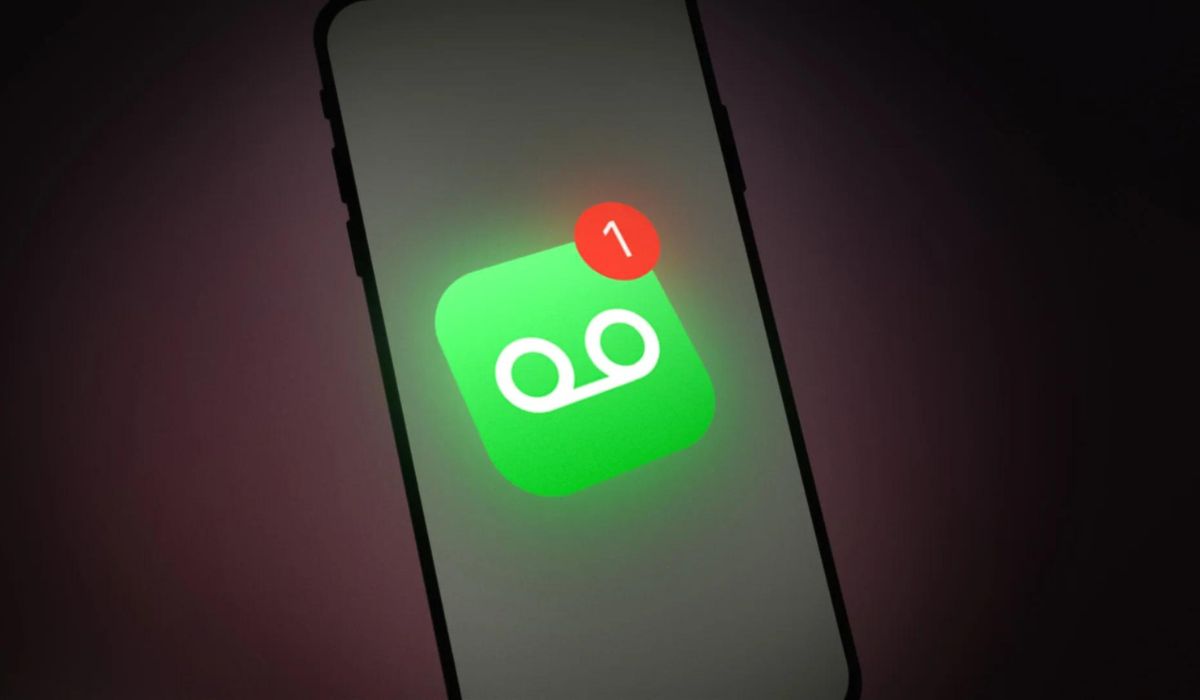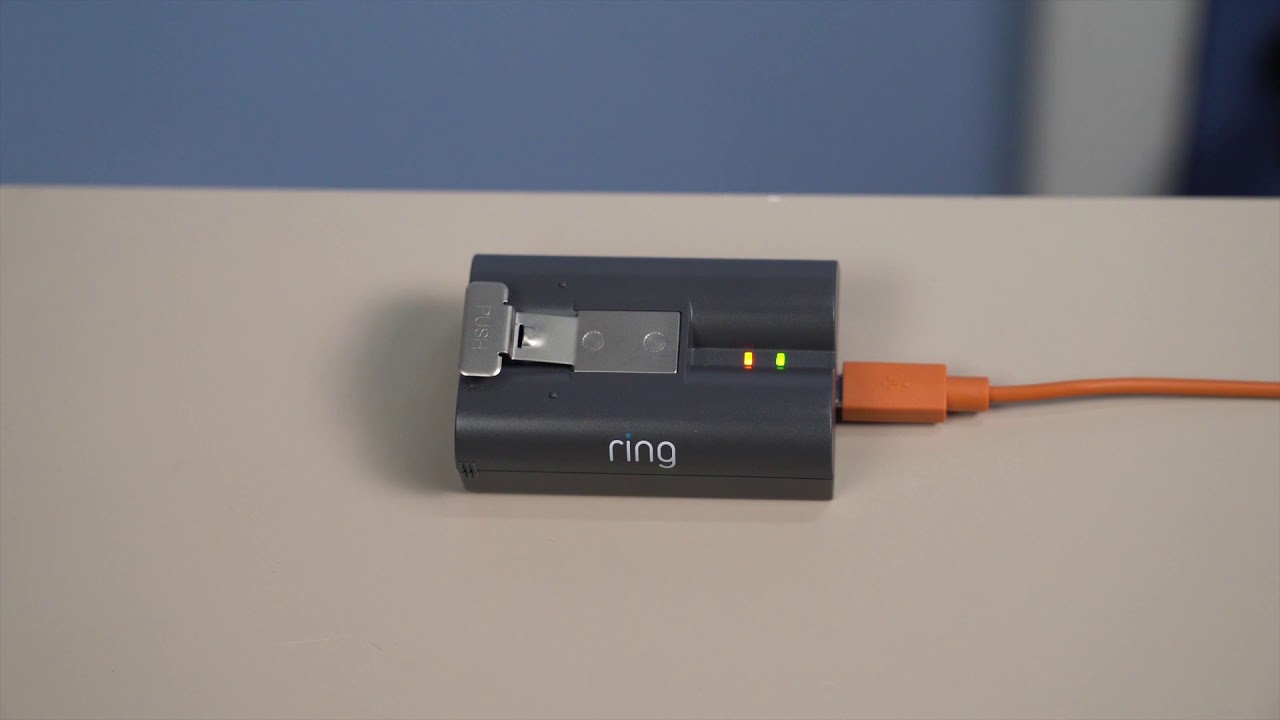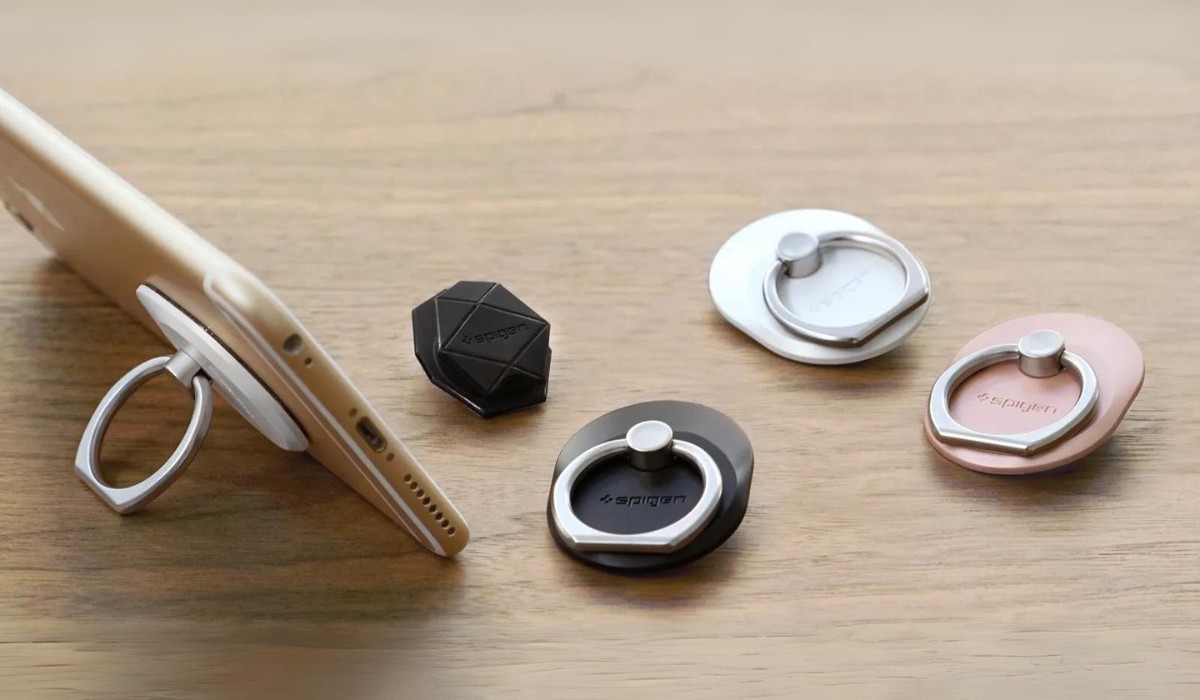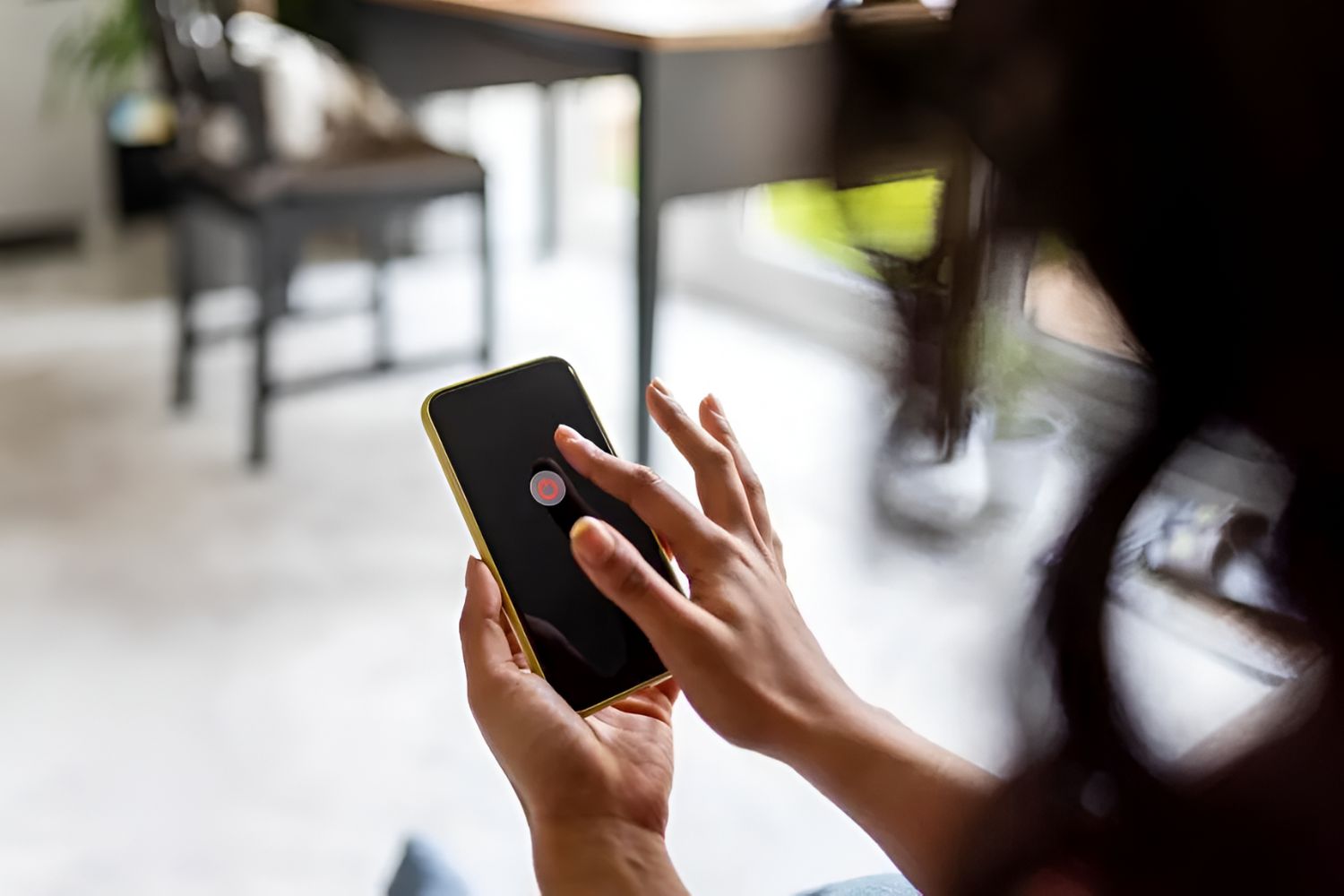Introduction
Welcome to the world of telecommunications, where every missed call could mean a missed opportunity. Have you ever experienced the frustration of not being able to answer an important call because your phone stopped ringing too soon? If so, you're not alone. The duration of time your phone rings before diverting to voicemail, known as ring duration, is a critical aspect of your phone's functionality. In this article, we'll explore the concept of ring duration, the factors that influence it, and practical tips for maximizing it to ensure you never miss an important call again.
Ring duration plays a pivotal role in the accessibility and responsiveness of your phone. Whether you're expecting a crucial business call, eagerly anticipating an update from a loved one, or simply awaiting an important appointment confirmation, the duration for which your phone rings can significantly impact your ability to stay connected. Understanding how to extend and optimize your phone's ring duration can empower you to take control of your accessibility and ensure that you never miss an important call.
In the following sections, we'll delve into the technical aspects of ring duration, the factors influencing it, and practical strategies for maximizing it. By the end of this article, you'll be equipped with the knowledge and tools to customize your phone's ring duration according to your preferences and needs. Let's embark on this journey to unlock the full potential of your phone's ring duration and ensure that every important call reaches you, no matter the circumstances.
Understanding Ring Duration
Ring duration, also known as ring time, refers to the length of time your phone rings before the call is either answered, diverted to voicemail, or disconnected. This crucial parameter determines the window of opportunity for you to answer an incoming call. Typically, the default ring duration is set by your service provider, but it can often be customized to suit your preferences.
Understanding the mechanics of ring duration involves recognizing its significance in the realm of telecommunications. It serves as a fundamental indicator of accessibility, influencing how effectively you can stay connected with others. Whether you’re using a mobile phone or a landline, the ring duration directly impacts your ability to respond to incoming calls in a timely manner.
From a technical standpoint, ring duration is a setting that dictates the length of time a call will ring before being redirected. This setting is integral to the call forwarding and voicemail processes, as it determines the threshold for unanswered calls. By comprehending the nuances of ring duration, you can gain insight into its impact on your communication experience and take proactive steps to optimize it.
Moreover, understanding ring duration involves recognizing its role in managing call flow and ensuring efficient call handling. By customizing this parameter, you can tailor your phone’s behavior to align with your specific needs and preferences. Whether you require a longer ring duration to accommodate mobility challenges or a shorter duration to expedite call redirection, comprehending the intricacies of ring duration empowers you to make informed decisions about your phone’s accessibility.
As we delve deeper into the factors influencing ring duration and strategies for maximizing it, you’ll gain a comprehensive understanding of how this seemingly simple setting can profoundly impact your communication experience. By unraveling the complexities of ring duration, you’ll be better equipped to leverage this aspect of telecommunications to your advantage, ensuring that every call is met with the responsiveness it deserves.
Factors Affecting Ring Duration
Several factors contribute to the determination of ring duration, influencing the length of time your phone rings before the call is redirected or forwarded. Understanding these factors is essential for effectively managing your phone’s accessibility and responsiveness. Let’s explore the key elements that can impact the ring duration of your calls:
- Service Provider Settings: Your service provider typically configures the default ring duration for incoming calls. This setting can vary among providers and may be influenced by network infrastructure and call handling protocols.
- Device Settings: Certain mobile phones and landline devices allow users to customize the ring duration. The ability to adjust this setting can depend on the specific model and firmware of the device.
- Call Forwarding Configuration: If you have call forwarding enabled, the ring duration may be affected by the redirection settings you’ve established. Different forwarding options, such as unconditional forwarding or forwarding when busy, can impact how long the call rings before being redirected.
- Voicemail Service: The presence of a voicemail service and its associated settings can influence ring duration. When a call is forwarded to voicemail, the duration for which the phone rings before diverting to voicemail is often determined by the voicemail system’s configuration.
- Network Conditions: The stability and congestion levels of the network can impact ring duration. In instances of poor network connectivity, the ring duration may be affected, potentially leading to premature call redirection or dropped calls.
By considering these factors, you can gain insight into the various elements that contribute to the determination of ring duration. Whether it’s the default settings established by your service provider or the configurable options available on your device, understanding these influences is essential for effectively managing and optimizing your phone’s ring duration.
Tips for Maximizing Ring Duration
Maximizing the ring duration of your phone calls involves leveraging various strategies and settings to extend the length of time your phone rings before calls are redirected or forwarded. By implementing the following tips, you can optimize your phone’s accessibility and ensure that you have ample time to answer incoming calls:
- Customize Default Settings: If your service provider allows for customization of ring duration, explore the options to extend the default ring time. Some providers offer this flexibility through user account settings or customer service support.
- Utilize Call Forwarding Wisely: When configuring call forwarding, consider the impact it may have on ring duration. Depending on your preferences, you can set up call forwarding to allow for a longer ring duration before calls are redirected to another number or voicemail.
- Optimize Voicemail Settings: If calls are forwarded to voicemail, review the settings of your voicemail service. Some voicemail systems allow users to adjust the ring duration before calls are directed to voicemail, providing an opportunity to extend the ringing time.
- Choose a Voicemail Service with Customizable Ring Duration: When selecting a voicemail service, opt for one that offers customizable ring duration settings. This feature can empower you to extend the time your phone rings before calls are sent to voicemail, enhancing your chances of answering important calls.
- Consider Network Signal Boosters: In areas with poor network coverage, investing in a network signal booster can improve call connectivity and stability. A stronger network signal can contribute to more consistent and extended ring duration for incoming calls.
By implementing these tips, you can proactively extend the ring duration of your phone calls, ensuring that you have sufficient time to respond to incoming calls. Whether it involves customizing settings provided by your service provider or optimizing call forwarding and voicemail configurations, these strategies can empower you to maximize your phone’s accessibility and responsiveness.
Setting up Call Forwarding
Call forwarding is a valuable feature that allows you to redirect incoming calls to another number or to voicemail when you are unavailable to answer. By configuring call forwarding settings, you can influence the ring duration of your calls and ensure that important communications are efficiently managed. Here’s how you can set up call forwarding to optimize your phone’s accessibility:
1. Access Call Forwarding Settings: Depending on your service provider and device, access the call forwarding settings on your phone. These settings are typically found within the “Phone” or “Call Settings” menu, allowing you to specify call forwarding conditions and destination numbers.
2. Choose Call Forwarding Options: Evaluate the call forwarding options available, such as unconditional forwarding, forwarding when busy, or forwarding when unanswered. Each option influences how calls are redirected and can impact the ring duration before redirection occurs.
3. Set Destination Number: Specify the phone number or voicemail service to which calls will be forwarded. Ensure that the destination number is accurate and up-to-date to effectively manage call redirection based on your availability.
4. Adjust Ring Duration: Some call forwarding settings allow you to customize the ring duration before calls are redirected. If this option is available, consider extending the ring duration to provide more time for incoming calls to be answered before being forwarded.
5. Test Call Forwarding: After configuring call forwarding settings, conduct test calls to verify that the redirection process functions as intended. Pay attention to the ring duration and ensure that it aligns with your preferences and operational needs.
By setting up call forwarding with careful consideration of ring duration and destination options, you can effectively manage incoming calls and ensure that important communications are promptly addressed. Whether you’re temporarily unavailable or seeking to streamline call handling, call forwarding can be a valuable tool for optimizing your phone’s accessibility and responsiveness.
Using a Voicemail Service
A voicemail service serves as a reliable backup for managing calls when you are unable to answer them in real-time. Leveraging a voicemail service not only provides a safety net for missed calls but also offers opportunities to customize the handling of incoming messages. Here’s how you can effectively utilize a voicemail service to complement and extend the ring duration of your phone calls:
1. Activate Voicemail: If your phone service includes a voicemail feature, ensure that it is activated and properly set up. This may involve dialing a specific code or accessing the voicemail settings through your phone’s menu.
2. Review Voicemail Settings: Once activated, review the settings of your voicemail service. Some voicemail systems allow users to customize the ring duration before calls are directed to voicemail. Adjusting this setting can extend the time your phone rings before incoming calls are routed to the voicemail system.
3. Personalize Voicemail Greetings: Customize your voicemail greeting to provide callers with relevant information and instructions. Clearly communicate alternative contact methods, expected response times, and any pertinent details that may help callers feel assured that their messages will be addressed promptly.
4. Retrieve and Manage Voicemail Messages: Regularly check your voicemail for incoming messages and promptly attend to any urgent or time-sensitive communications. Voicemail services often provide options for managing messages, such as marking them as important or flagging them for follow-up.
5. Utilize Voicemail Notifications: Take advantage of voicemail notifications, such as visual indicators or text message alerts, to stay informed about new voicemail messages. These notifications can prompt you to check your voicemail and respond to important calls in a timely manner.
By effectively using a voicemail service, you can extend the capabilities of your phone’s ring duration and ensure that incoming calls are managed efficiently, even when you are unable to answer them directly. Whether it involves customizing ring duration settings or optimizing voicemail management practices, a well-utilized voicemail service can enhance your phone’s accessibility and responsiveness.
Customizing Ring Duration on Your Phone
Customizing the ring duration on your phone empowers you to tailor the length of time your device rings before calls are redirected or forwarded. While the default ring duration is often set by your service provider, certain devices and settings allow for user customization. Here’s how you can adjust and optimize the ring duration on your phone to align with your preferences and operational needs:
1. Explore Device-Specific Settings: Access the phone settings on your device to explore options for customizing the ring duration. Depending on the make and model of your phone, this setting may be located within the “Sound,” “Call,” or “Phone” settings menu.
2. Adjust Ring Duration: If your device supports ring duration customization, locate the relevant setting and adjust the duration to your preferred length. Some phones allow you to specify the number of rings or set a specific time interval for incoming calls to ring before redirection.
3. Consider Firmware or Software Updates: Ensure that your phone’s firmware or software is up to date, as updates may introduce new features or enhancements, including the ability to customize ring duration. Check for available updates through the device settings or the manufacturer’s official support channels.
4. Test Customized Ring Duration: After making adjustments to the ring duration, conduct test calls to verify that the changes have been applied effectively. Pay attention to the length of time your phone rings before calls are redirected and ensure that it aligns with your intended customization.
5. Consult User Guides or Support Resources: If you encounter challenges or have questions about customizing ring duration on your phone, refer to the device’s user manual or online support resources. Manufacturer-provided guides and support channels can offer insights and troubleshooting assistance.
By customizing the ring duration on your phone, you can exert greater control over call handling and ensure that incoming calls are managed according to your preferences. Whether it involves adjusting the number of rings or specifying a time interval, optimizing ring duration settings can enhance your phone’s accessibility and responsiveness, ultimately contributing to an improved communication experience.
Conclusion
Maximizing ring duration is a fundamental aspect of optimizing your phone’s accessibility and responsiveness to incoming calls. By understanding the intricacies of ring duration, including the factors influencing it and the strategies for customization, you can take proactive steps to ensure that important calls are promptly addressed. Whether it involves leveraging call forwarding, utilizing a voicemail service, or customizing ring duration settings on your phone, the ability to extend the length of time your phone rings before redirection empowers you to stay connected and responsive.
Throughout this exploration, we’ve delved into the significance of ring duration in the realm of telecommunications, recognizing its pivotal role in call management and accessibility. We’ve also examined the factors that affect ring duration, shedding light on the diverse elements that contribute to the handling of incoming calls. By considering service provider settings, device configurations, call forwarding options, voicemail services, and network conditions, we’ve gained valuable insights into the multifaceted nature of ring duration.
Furthermore, our journey has led us to discover practical tips for maximizing ring duration, encompassing strategies for customizing default settings, utilizing call forwarding effectively, optimizing voicemail services, and addressing network connectivity challenges. By implementing these tips, you can proactively extend the ring duration of your phone calls, ensuring that you have ample time to respond to important communications.
As we conclude our exploration of ring duration, it’s evident that the ability to customize and extend the ringing time of your phone is a valuable asset in managing communications effectively. By taking advantage of the available options for customization and optimization, you can elevate your phone’s responsiveness and ensure that every call receives the attention it deserves. Whether it’s in a professional capacity, personal context, or emergency situation, the ability to maximize ring duration empowers you to stay connected and accessible, ultimately enhancing your communication experience.







